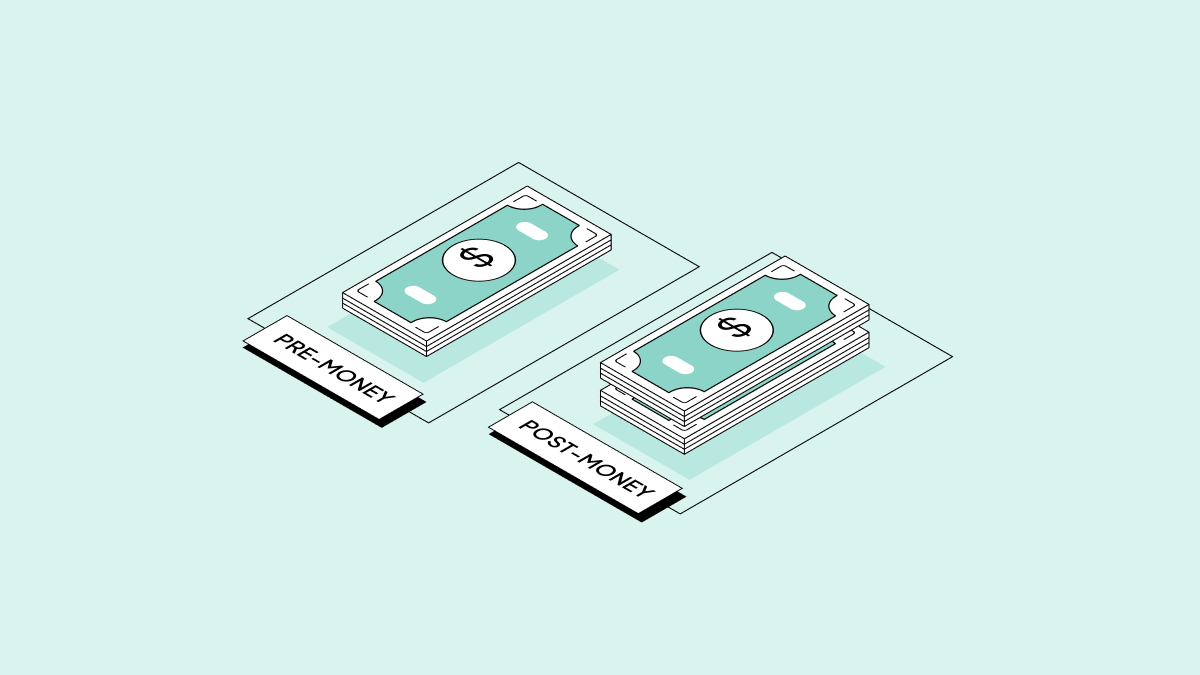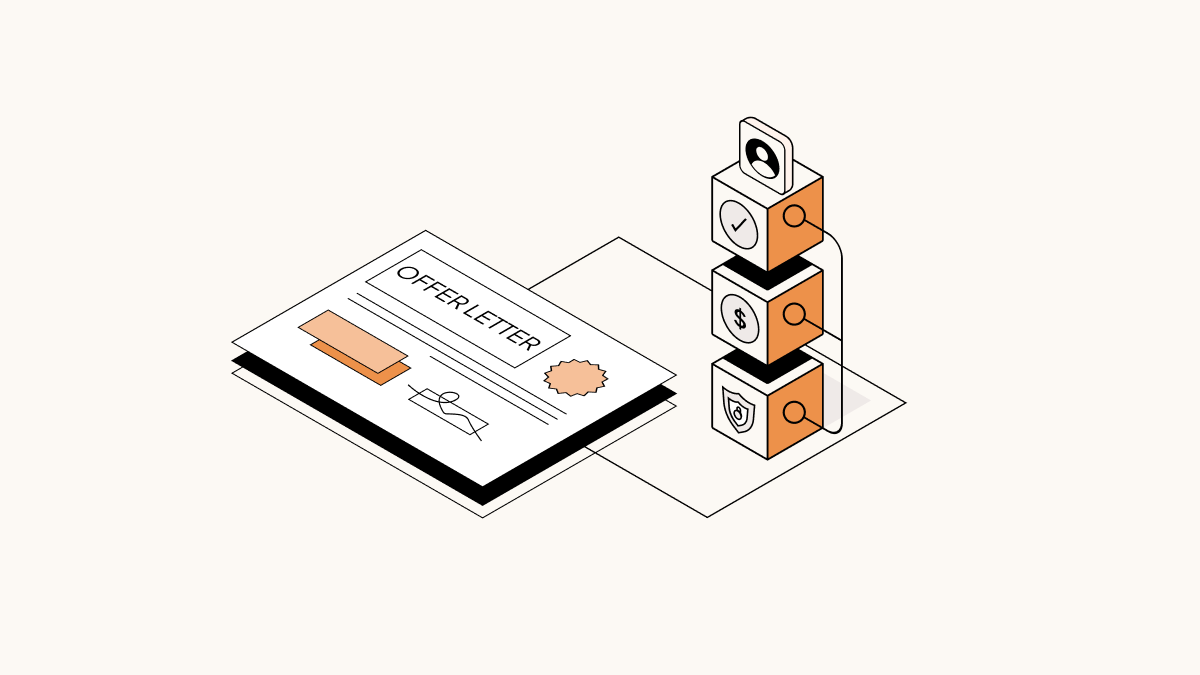When you exercise stock options, you’re purchasing shares of your company’s stock at a set price (the strike price). There are a few different ways to exercise stock options, depending on your company’s preferences: with cash or without cash, also known as a “cashless exercise.”
What is a cashless exercise?
A cashless exercise is when stock is purchased without exchanging cash. Instead, the option holder uses some of the shares that were subject to the exercise to cover the cost of exercising.
How does a cashless exercise of stock options work?
Cashless exercises come in two forms for public companies or private companies holding a tender offer.
-
Exercise and sell to cover: When selling to cover, you simultaneously exercise your stock options and sell enough shares to cover the purchase price (plus applicable fees and taxes). You can then retain all your remaining shares or sell them.
-
Exercise and sell: In this scenario, also known as a “same-day-sale,” you exercise and sell all of your options in one transaction. You keep the money that remains after the sale (minus the purchase price, applicable fees, and taxes).
Not all companies allow cashless exercises for employee stock options, so check to see if yours does before exercising and check with your tax advisor in general.
Benefits and risks of cash exercise
Cashless exercising is less risky than paying cash because you avoid investing your own money to pay exercise costs. It can be beneficial if you have less personal liquidity or if you want to avoid the out-of-pocket expense of exercising with cash.
Tax considerations
Selling shares right after exercising prevents you from taking advantage of certain tax advantages, especially for incentive stock options (ISO). Non-qualified stock options (NSO) have different tax liabilities than ISOs.
Contact a certified financial professional (CFP) or tax advisor to learn more about tax implications before exercising your options.
→ Learn more about stock option tax treatment for ISOs and NSOs.
Employer considerations
Companies interested in offering cashless exercise of stock options to employees have several considerations including the impact on finances, employee retention, and regulatory requirements.
Creating a proper stock option plan is a key step before you issue stock options to employees, advisors, or other service providers. Carta works with thousands of founders every day who are just beginning the journey of creating their first stock option plan.




